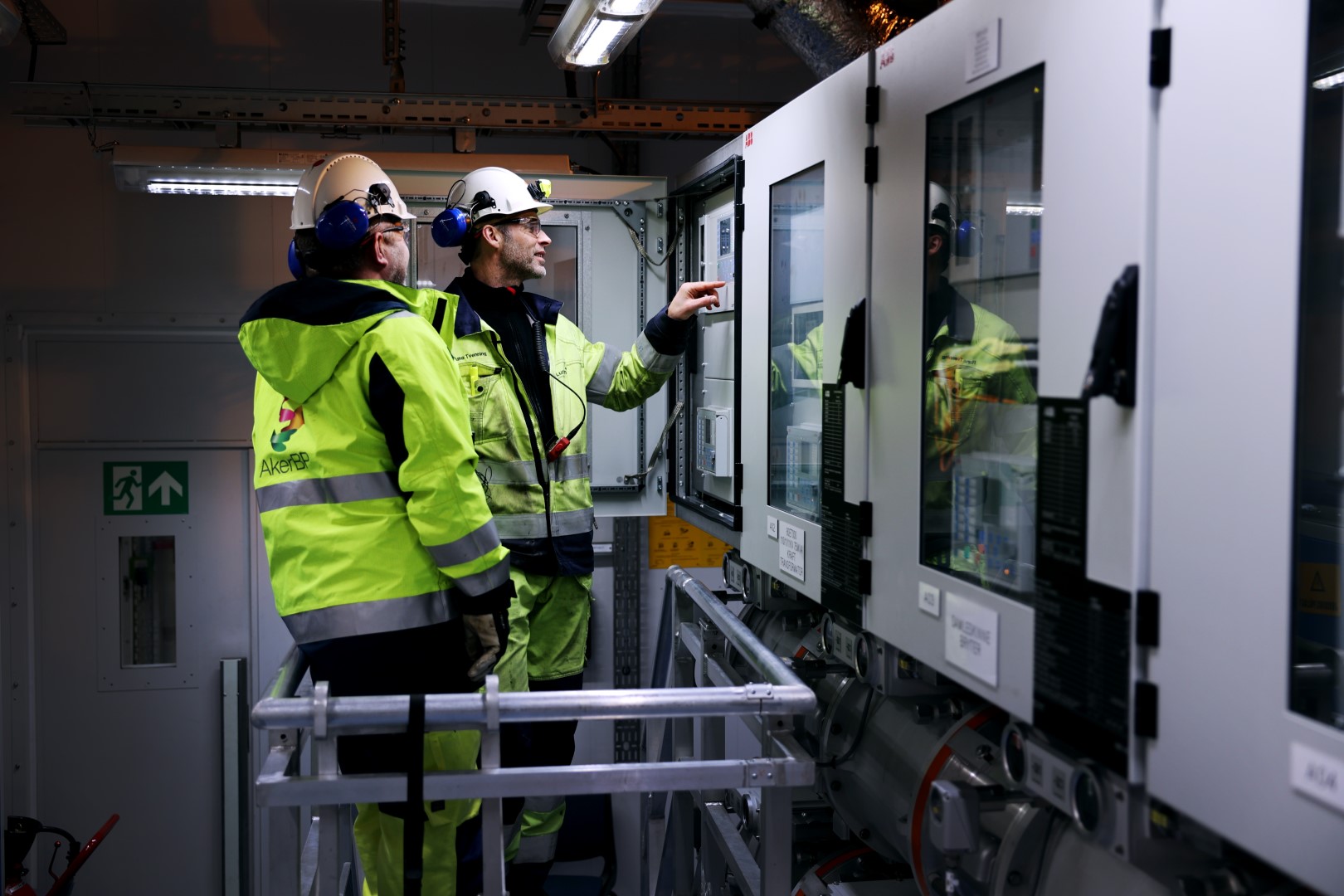Emission reduction in a cable
A subsea cable. That’s how we achieved by far the largest emission reductions in 2022.
Supplying Edvard Grieg and Ivar Aasen with electricity from shore allowed us to shut down two gas-powered generators. This enabled us to reduce our CO2 emissions by as much as 200,000 tonnes per year.
Production from Edvard Grieg requires a great deal of energy, both electricity and in the form of heat. Until now, we’ve had two large gas turbines on Edvard Grieg to make sure we had plenty of electricity and heat for our own needs, as well as electricity for our neighbours on Ivar Aasen ten kilometres away.
The two platforms were prepared for full electrification all the way back when they were on the drawing board more than ten years ago, just waiting for an area solution to be put into place on the Utsira High. Once Phase 2 of the Johan Sverdrup development was completed last year, the subsea cable could be energised, and the turbines on Edvard Grieg could be shut down for good.
These measures meant that we could achieve a formidable decrease in emissions, practically overnight. Converted into private car terms, this equates to emissions from more than 100,000 fossil fuelled cars.
Significant work and investments have been dedicated to achieving this effect. In addition to the cables on the seabed, a process for qualifying the technology for electric boilers was also necessary. The process facility on Edvard Grieg needs heat supplied from two large boilers. This is the first time electric boilers have been used outdoors in an offshore environment.
He was on board the day the power was switched on, and the generators were shut down. And that last bit has a great impact on the work on board.
